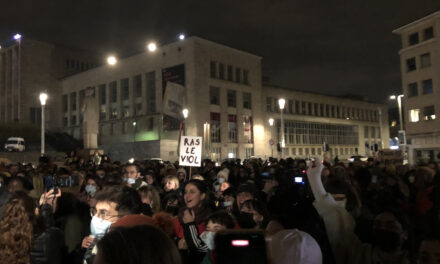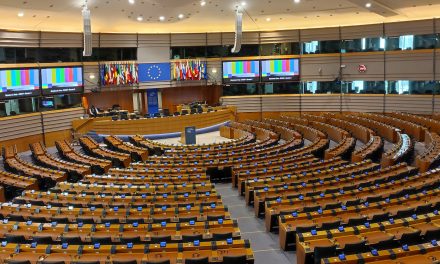Labor migration constitutes a fundamental aspect of Dutch society, where economic and socio-cultural challenges converge. Following the recent elections, where the PVV emerged victorious, the plans regarding labor migration from political parties, particularly from the winning PVV and newcomer NSC, are under scrutiny.
Figures
In 2022, 12,950 work permits were issued to non-EU workers in the Netherlands, a statistic reflecting the diversity of the labor market. Additionally, in the past year, 474,000 EU citizens between the ages of 20 and 64 resided in the Netherlands, all contributing to the workforce. These figures underscore the importance of both internal and external labor migration for the Dutch economy.
Political plans
The PVV and the NSC have recently proposed measures that would significantly impact labor migration in the Netherlands. The PVV has suggested reinstating work permits for EU workers (EU workers do not need a work permit in the Netherlands right now), while the NSC proposes limiting migration to 50,000 people annually, including asylum seekers and labor migrants. However, the feasibility of these plans remains questionable.
Jaap Uijlenbroek, former Director-General of the Tax and Customs Administration, special professor of labor relations at Leiden University, and former leader of the advisory team ‘No Second-Class Citizens,’ emphasizes that labor migration within the EU is a core element of the European internal market, strongly embedded in European regulations. “It is so strongly anchored in European regulations that the Dutch government can no longer exert influence. The only alternative is to exit the EU, which I don’t foresee happening. For labor migration from outside the EU, the Dutch government can determine policies, but this involves considerably smaller numbers, almost 13,000 work permits in 2022, and concerns high-value employment, such as that crucial for the Dutch international competitive position, like ASML. Specific sectors will highlight their importance to prevent restrictions. I don’t see this happening quickly either.” Another point emphasized by Uijlenbroek is the significance of labor migration for the Dutch economy in general. “About 10% of all labor in the Netherlands comes from outside the EU, and reducing this migration would have substantial consequences for the economy, tax revenues, and the level of public services in the Netherlands.”
Alternative solutions
However, the attitude of Dutch citizens and parties like the PVV and NSC toward labor migrants is not always positive. But that should be addressed in other ways, says Jaap. “The focus should shift much more to the problems, whether justified or not, experienced with labor migration, such as pressure on the housing market, potential disturbances, integration, and related issues. The housing market problem is fundamental and affects everyone seeking a home – from starters and seniors downsizing to those going through a divorce and needing their own home, as well as refugees and labor migrants. Municipalities need to manage such issues much better.”
The potential impact of such measures on the social dynamics and integration of labor migrants in the Netherlands should not be forgotten, though. Uijlenbroek points out that the practical impact of the proposed measures may be limited, given that the government is largely bound by Brussels regulations. However, the general perception of migrants can be influenced, especially as the current debate is so negative. “But the tone will be more important than the actual measures that can ultimately be taken or not taken by the government.”
The mentioned figures of labor migration and the discussed political plans shed light on the complexity of this issue. While political parties strive to influence the migration debate, it is essential to recognize the reality of European regulations and their impact on the labor market. According to Jaap, an approach is crucial that considers not only the numbers but also the broader challenges and opportunities that labor migration brings.




